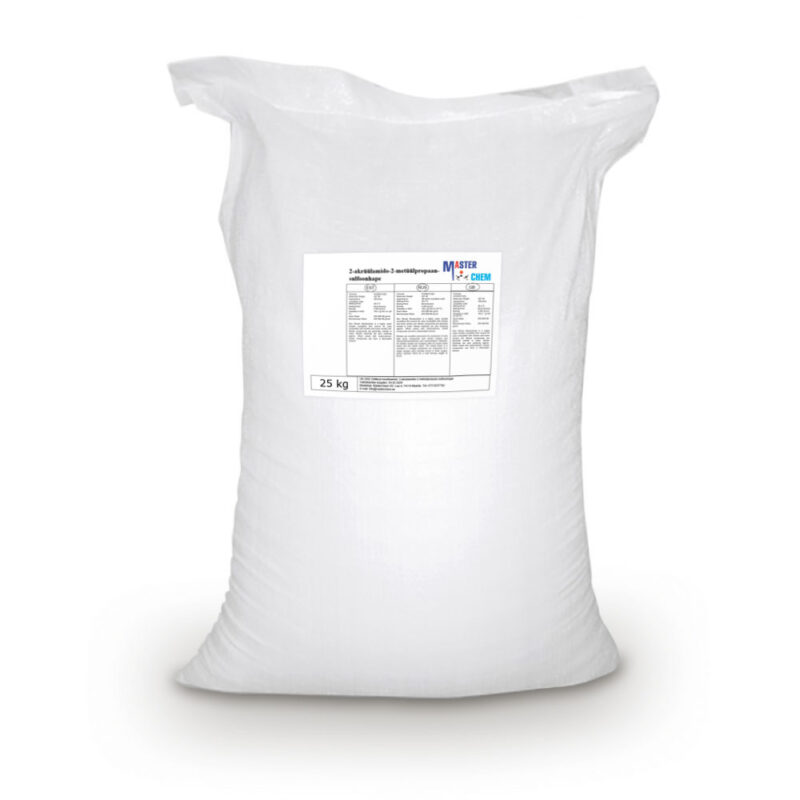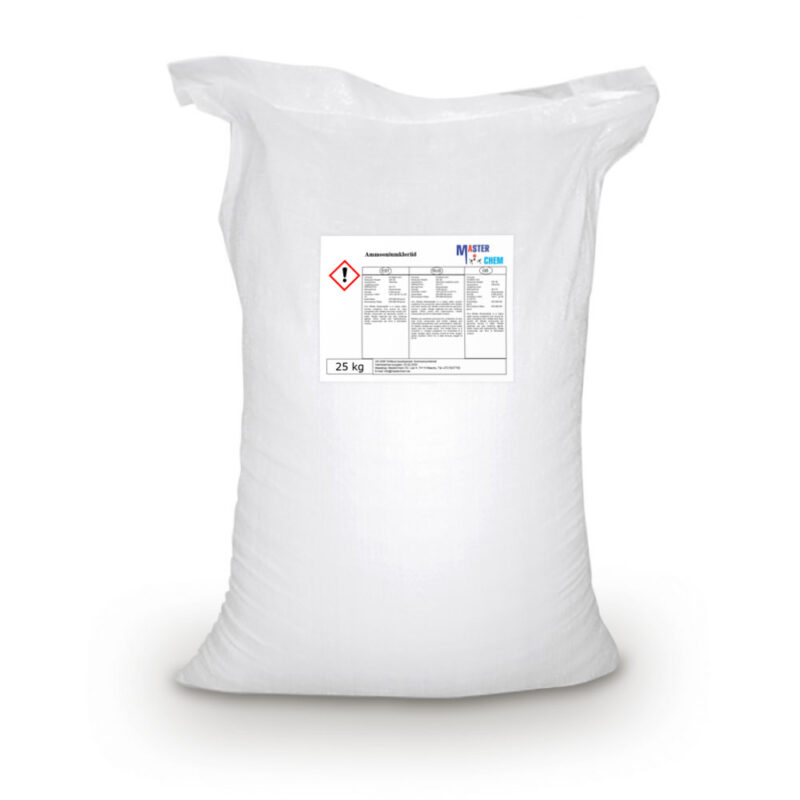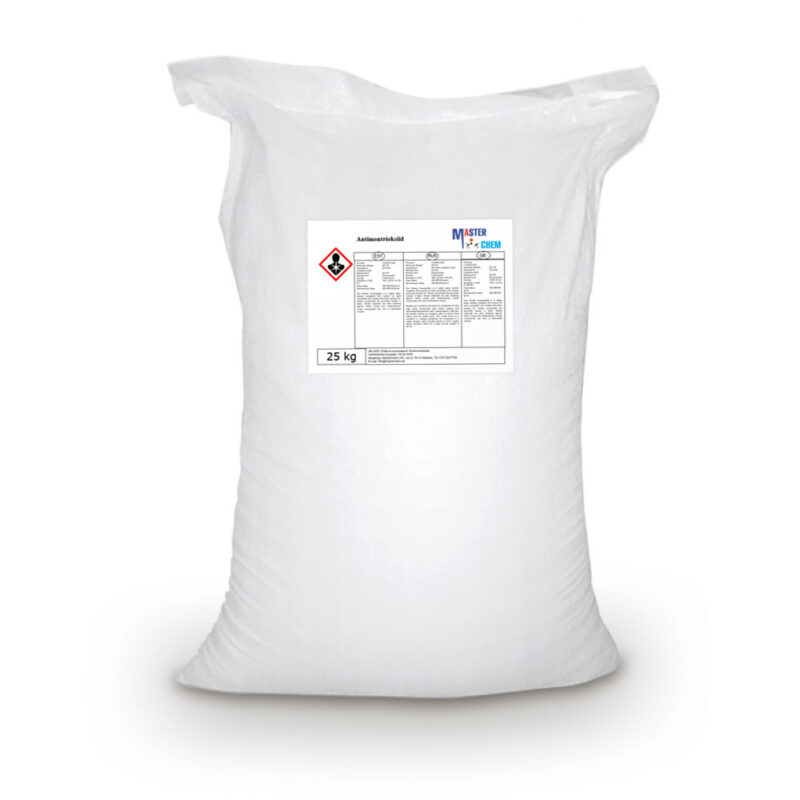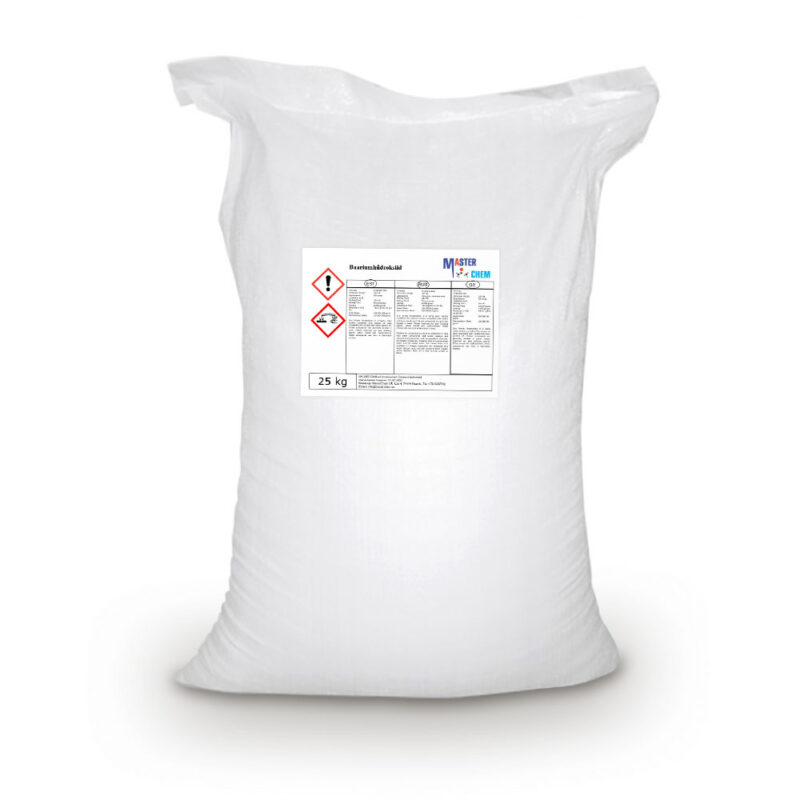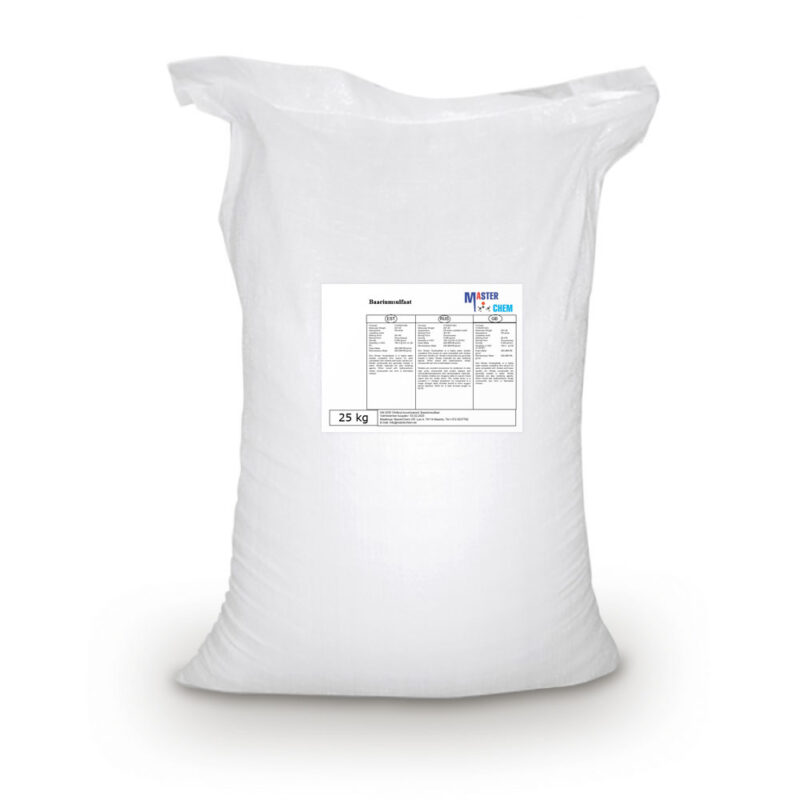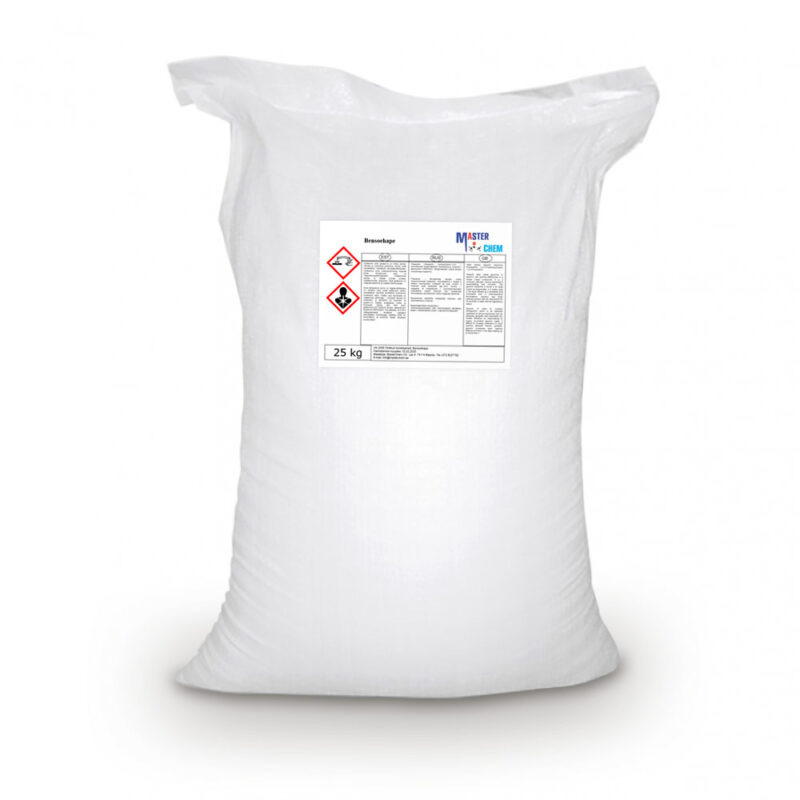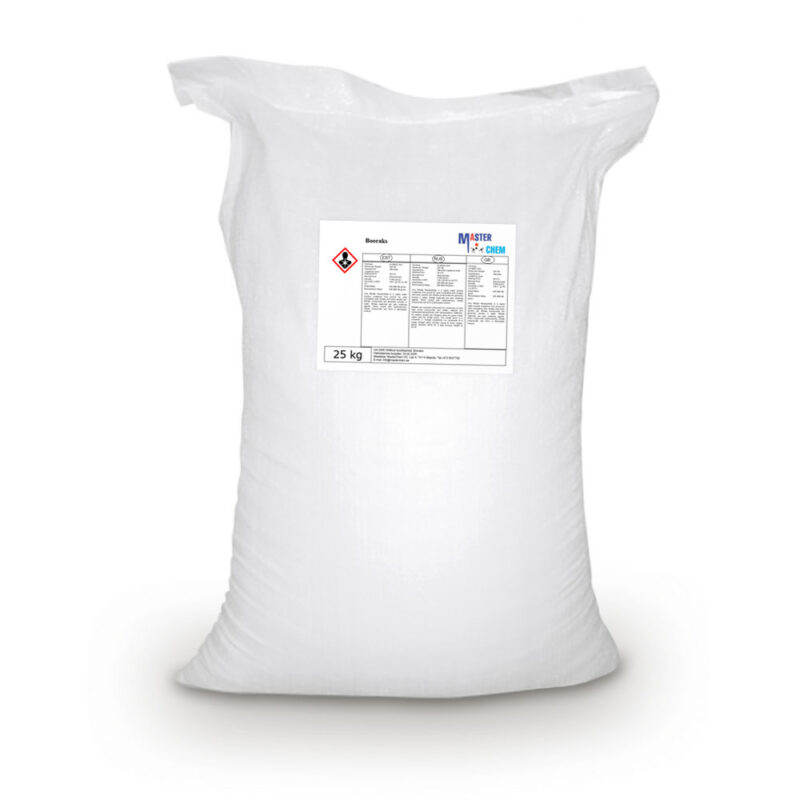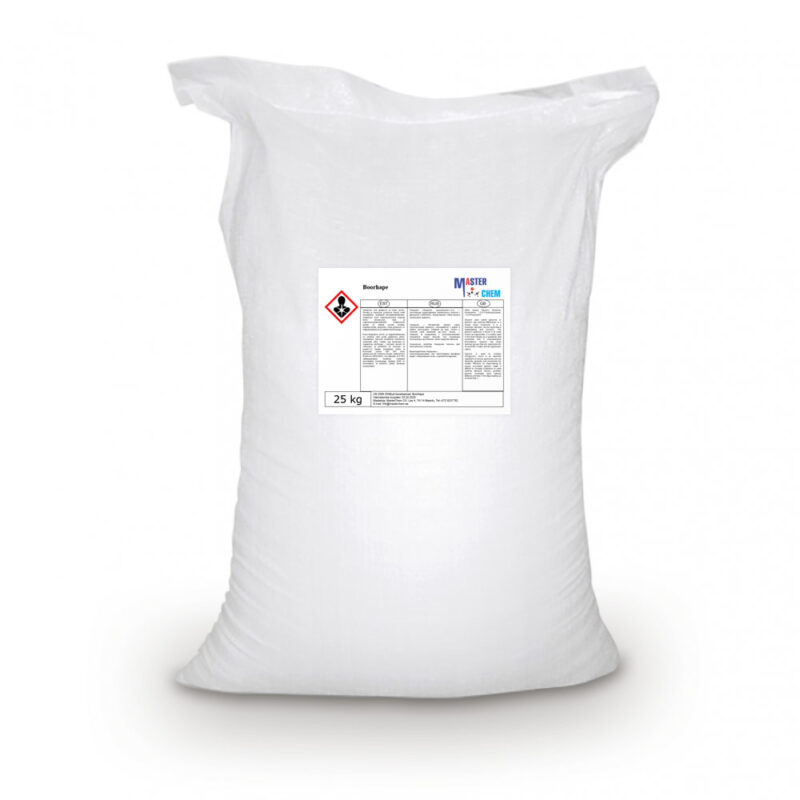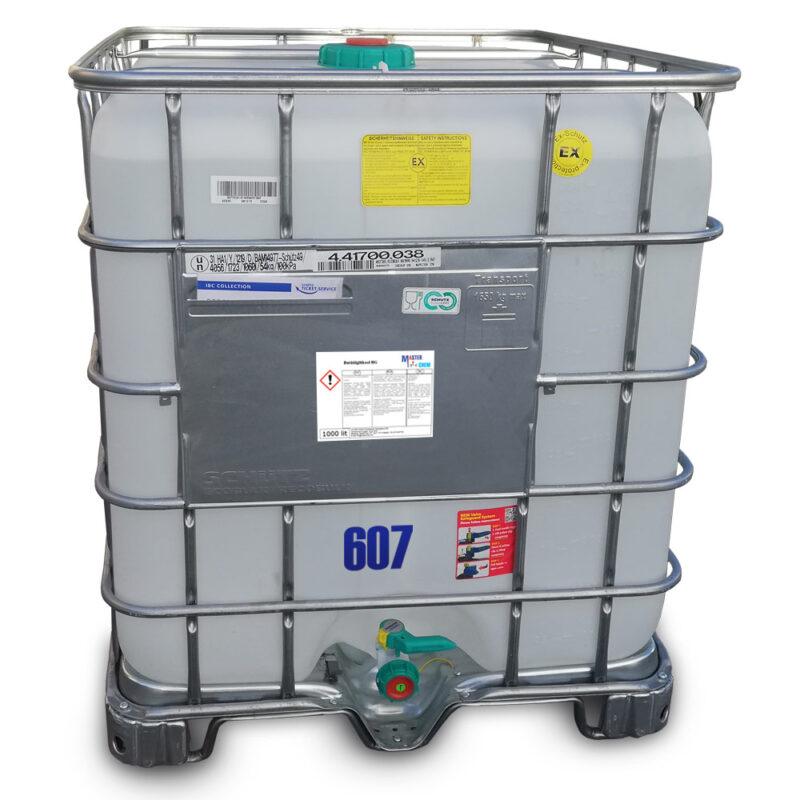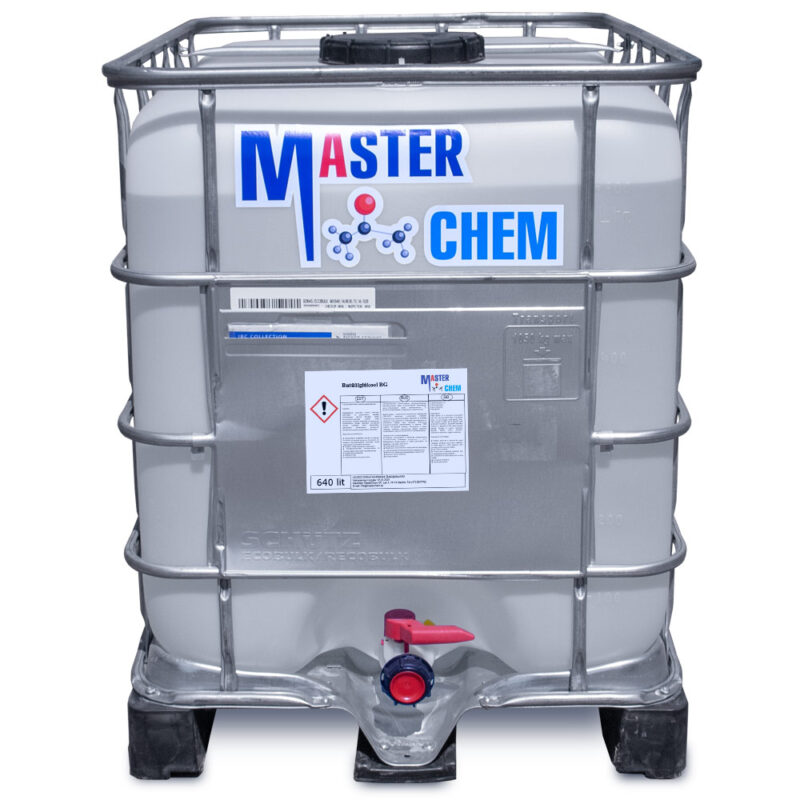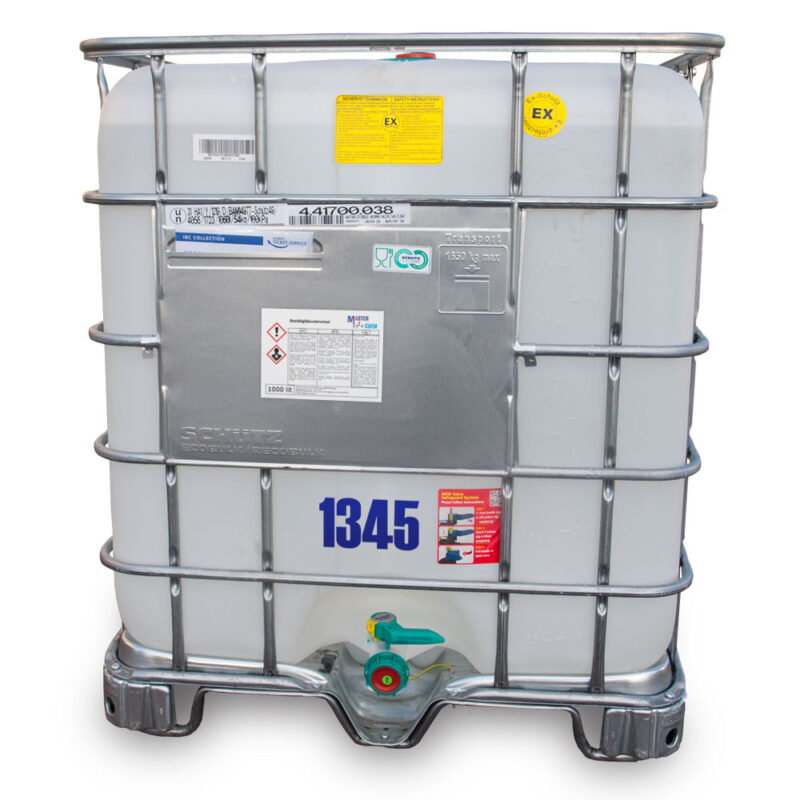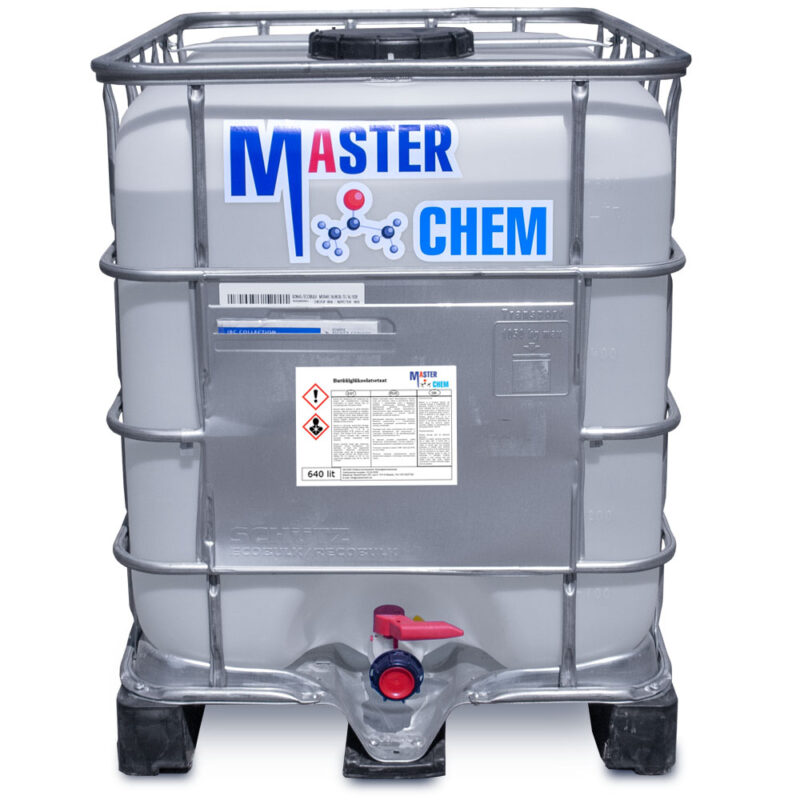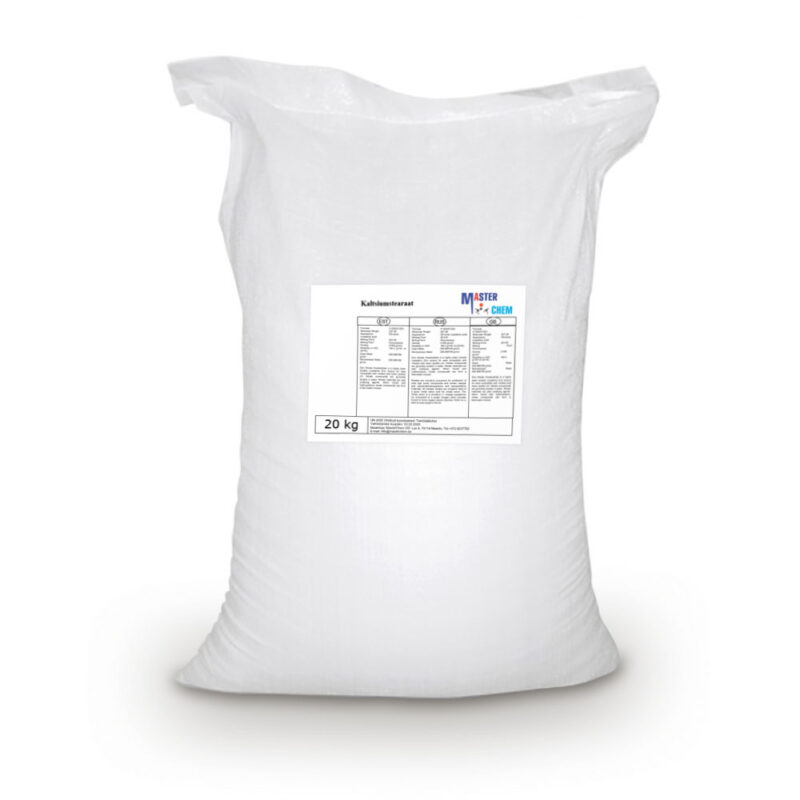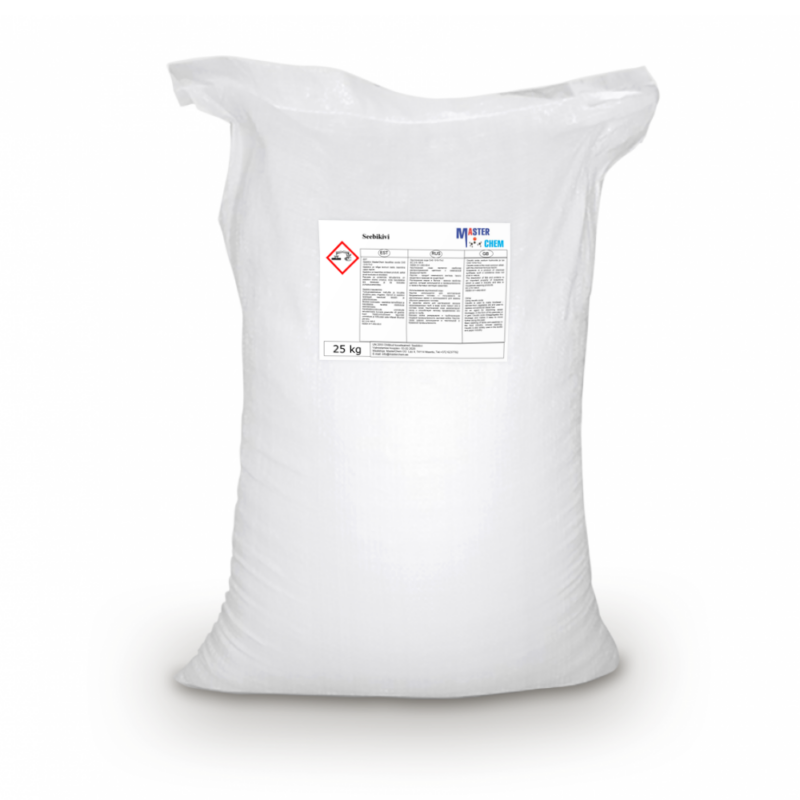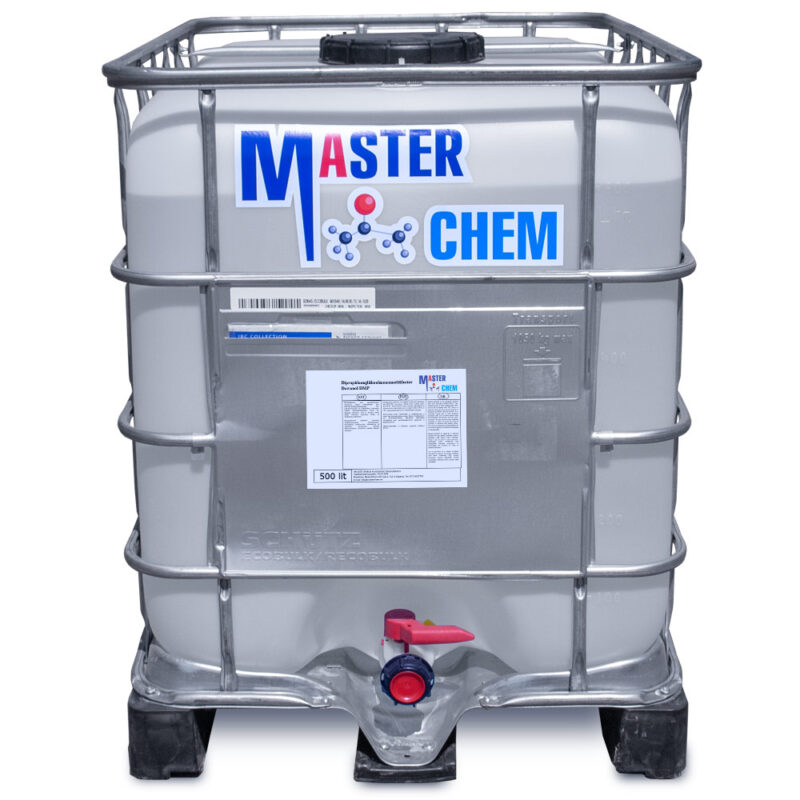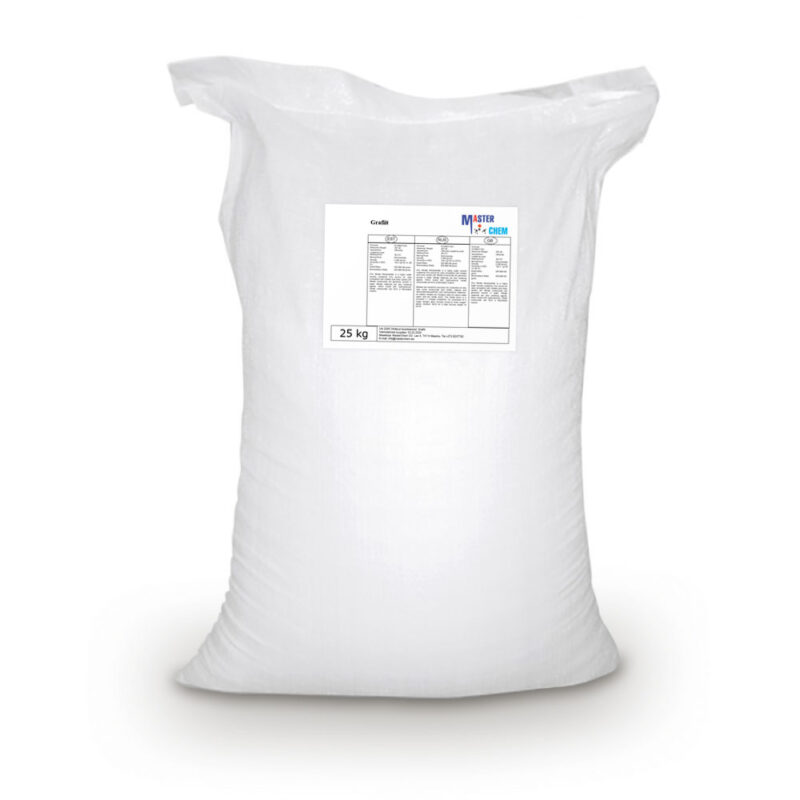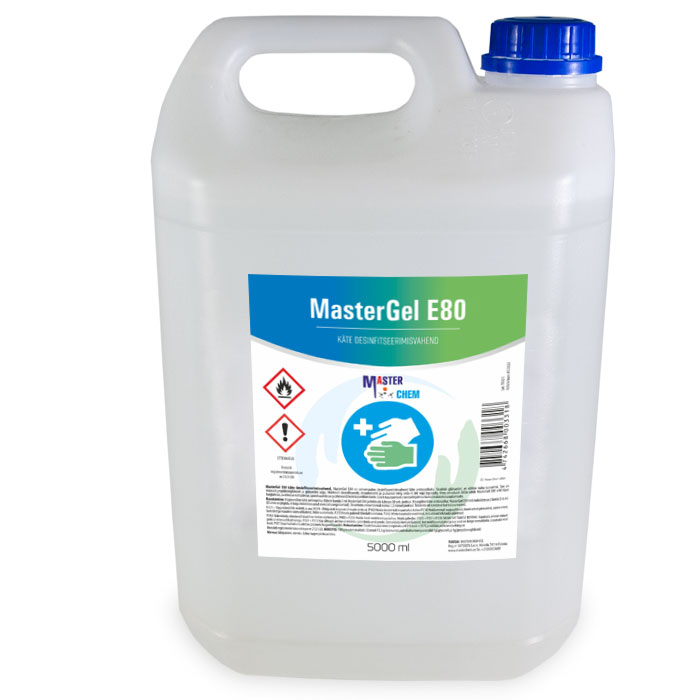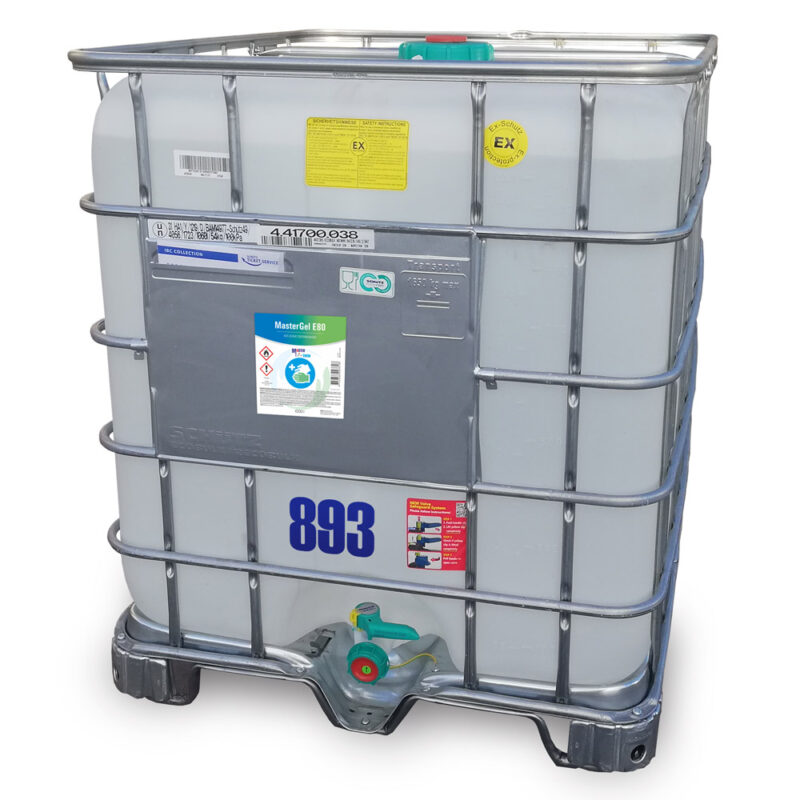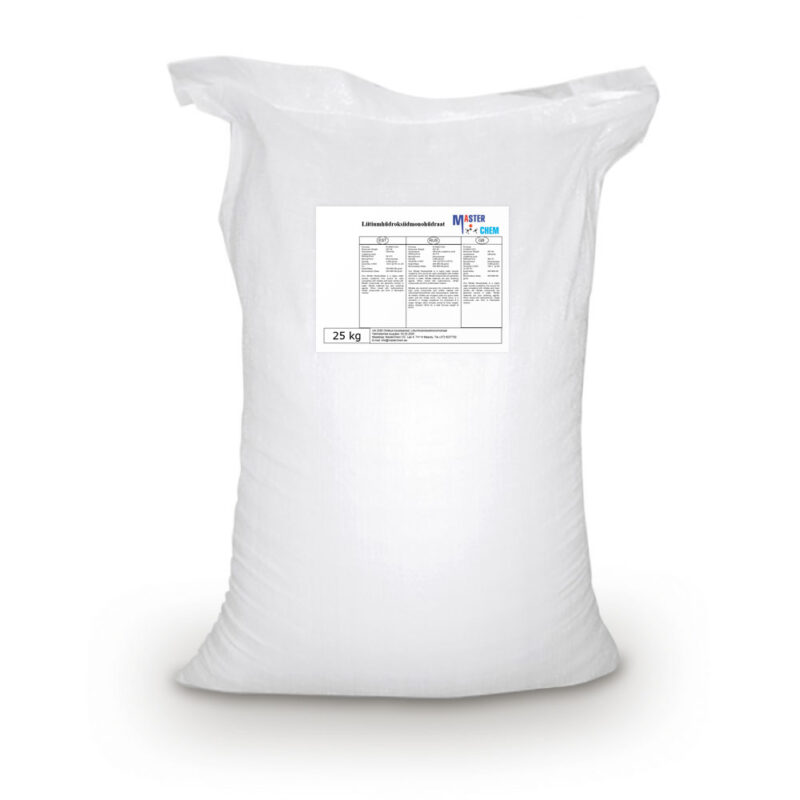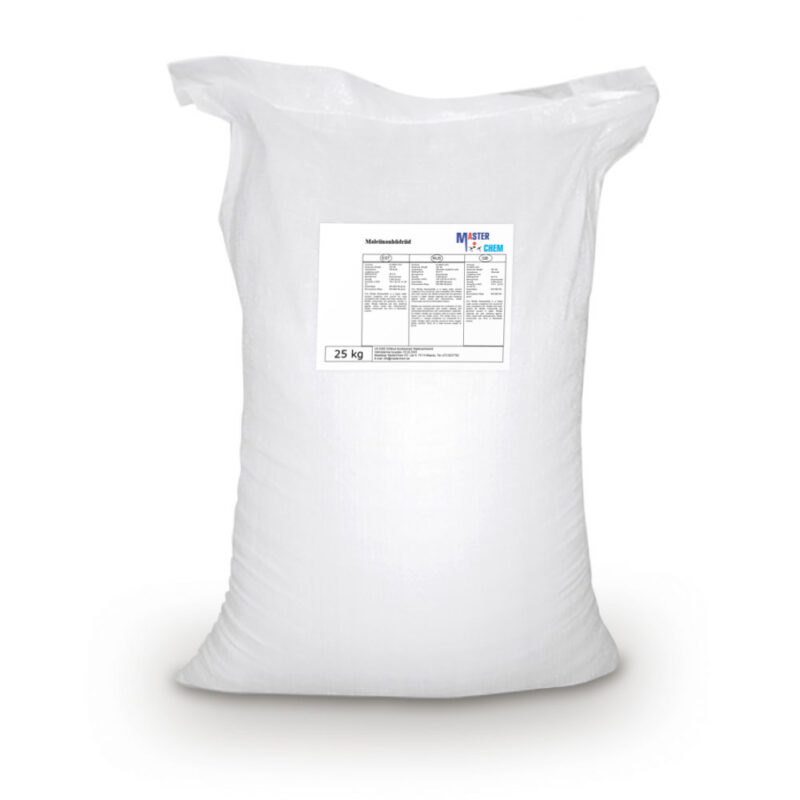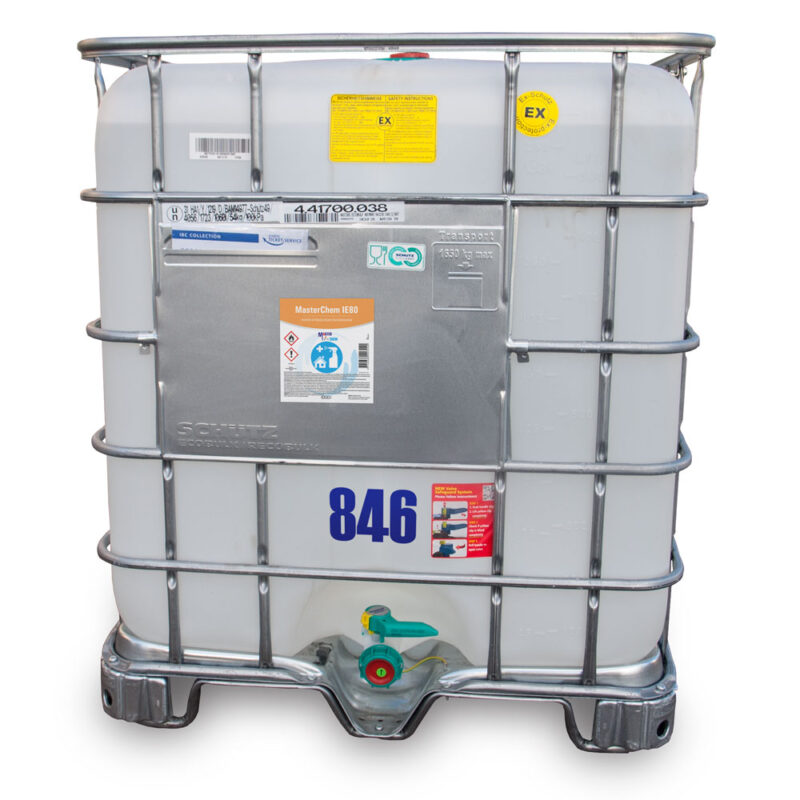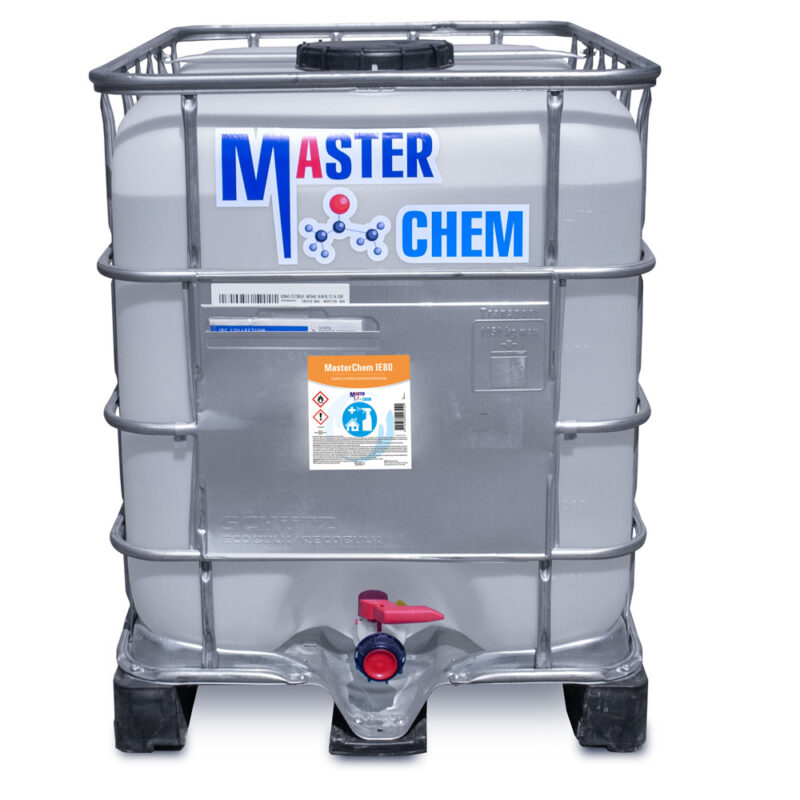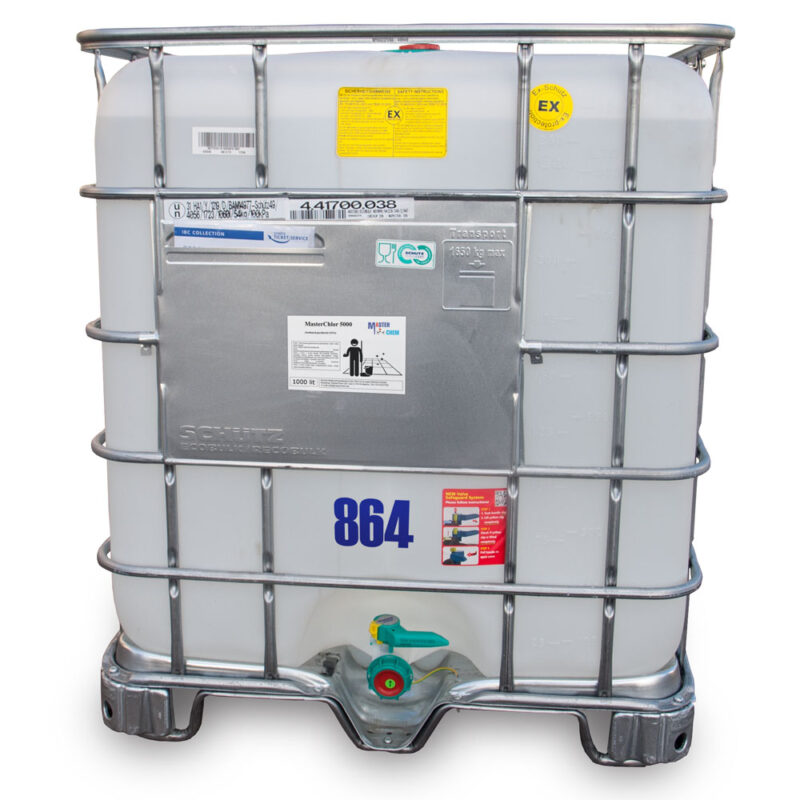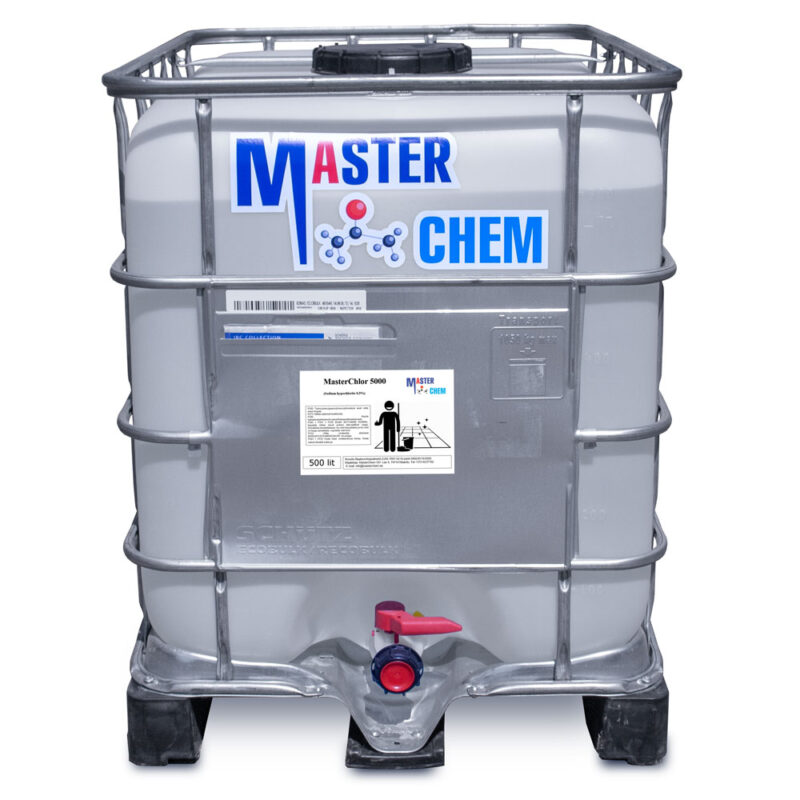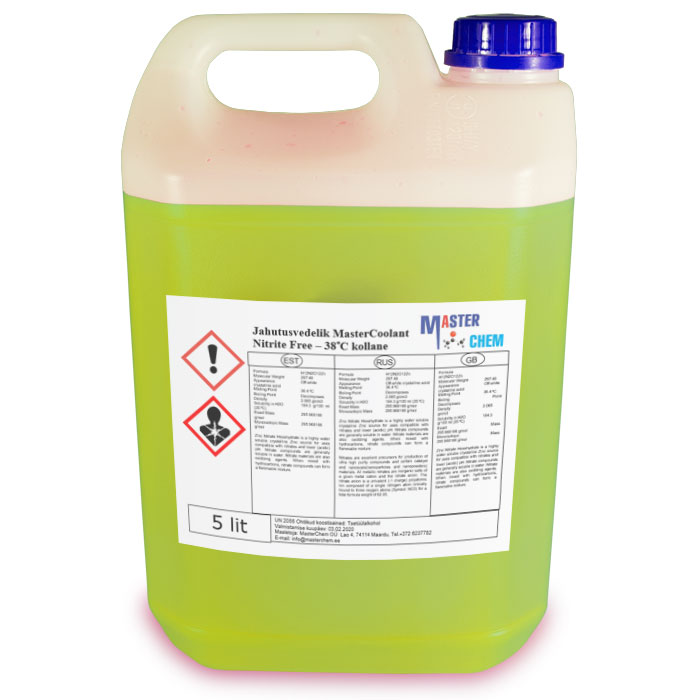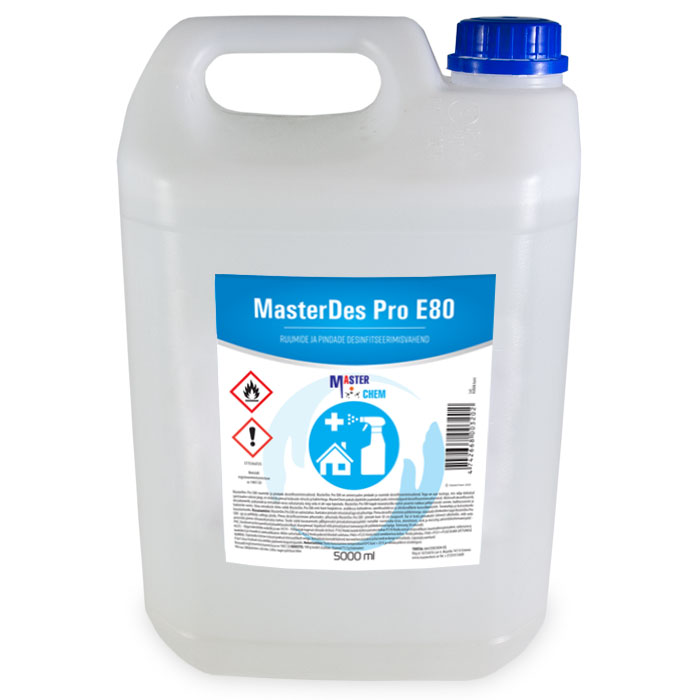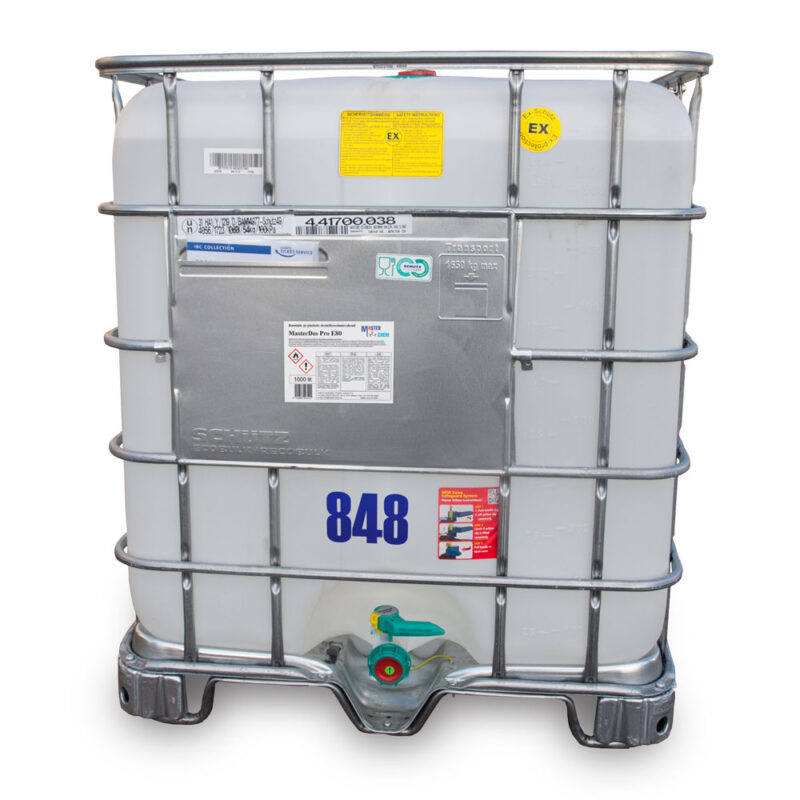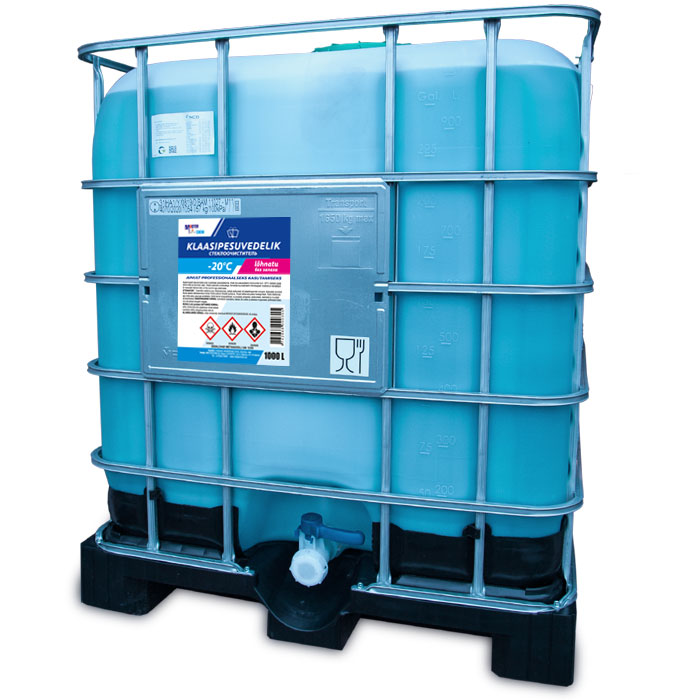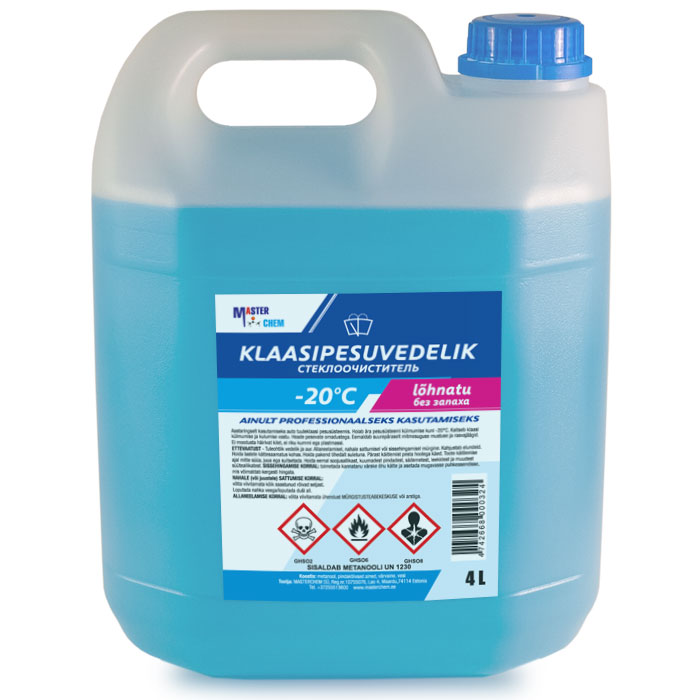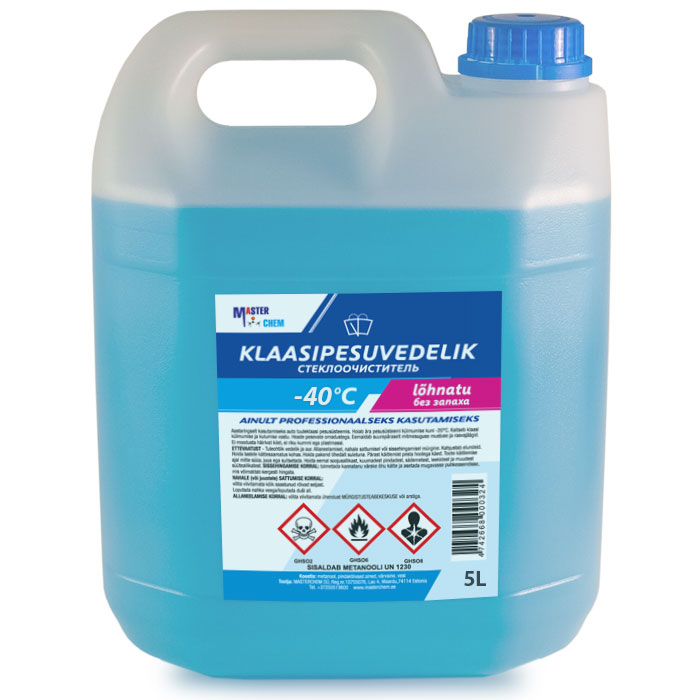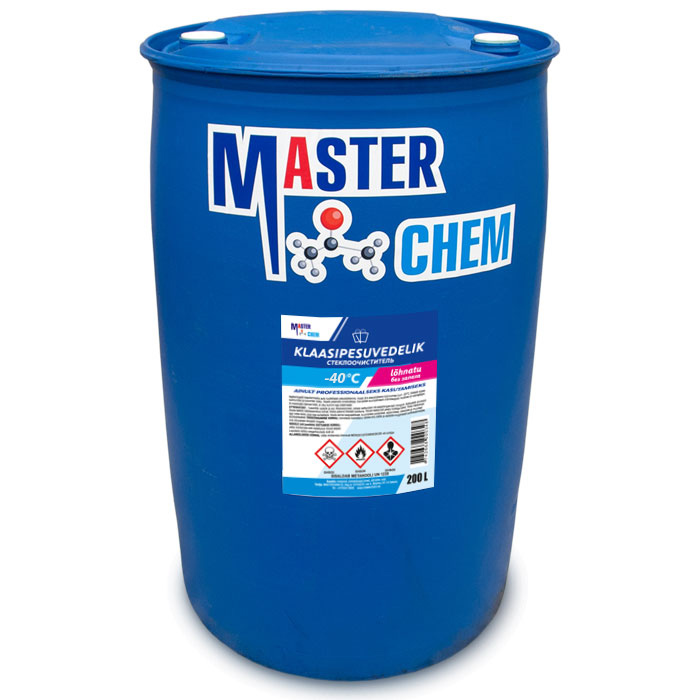2-acrylamido-2-methylpropanesulfonic acid (CAS 15214-89-8)
2-acrylamido-2-methylpropanesulfonic acid (CAS 15214-89-8)
2-Acrylamido-2-methylpropane sulfonic acid (AMPS) was a Trademark name by The Lubrizol Corporation. It is a reactive, hydrophilic, sulfonic acid acrylic monomer used to alter the chemical properties of wide variety of anionic polymers. In the 1970s, the earliest patents using this monomer were filed for acrylic fiber manufacturing. Today, there are over several thousands patents and publications involving use of AMPS in many areas including water treatment, oil field, construction chemicals, hydrogels for medical applications, personal care products, emulsion coatings, adhesives, and rheology modifiers.
Ammonium chloride (CAS 12125-02-9)
Ammonium chloride (CAS 12125-02-9)
Ammonium chloride is an inorganic compound with the formula NH4Cl and a white crystalline salt that is highly soluble in water. Solutions of ammonium chloride are mildly acidic. Sal ammoniac is a name of the natural, mineralogical form of ammonium chloride. The mineral is commonly formed on burning coal dumps from condensation of coal-derived gases. It is also found around some types of volcanic vents. It is mainly used as fertilizer and a flavouring agent in some types of liquorice. It is the product from the reaction of hydrochloric acid and ammonia.
Antimony trioxide (CAS 1309-64-4)
Antimony trioxide (CAS 1309-64-4)
Antimony(III) oxide is the inorganic compound with the formula Sb2O3. It is the most important commercial compound of antimony. It is found in nature as the minerals valentinite and senarmontite. Like most polymeric oxides, Sb2O3 dissolves in aqueous solutions with hydrolysis. A mixed arsenic-antimony oxide occurs in the nature as the very rare mineral stibioclaudetite.
Antimony(III) oxide is an amphoteric oxide, it dissolves in aqueous sodium hydroxide solution to give the meta-antimonite NaSbO2, which can be isolated as the trihydrate. Antimony(III) oxide also dissolves in concentrated mineral acids to give the corresponding salts, which hydrolyzes upon dilution with water. With nitric acid, the trioxide is oxidized to antimony(V) oxide.
When heated with carbon, the oxide is reduced to antimony metal. With other reducing agents such as sodium borohydride or lithium aluminium hydride, the unstable and very toxic gas stibine is produced. When heated with potassium bitartrate, a complex salt potassium antimony tartrate, KSb(OH)2•C4H2O6 is formed.
Barium hydroxide (CAS 12230-71-6)
Barium hydroxide (CAS 12230-71-6)
Barium hydroxide is a chemical compound with the chemical formula Ba(OH)2(H2O)x. The monohydrate (x = 1), known as baryta or baryta-water, is one of the principal compounds of barium. This white granular monohydrate is the usual commercial form.
Industrially, barium hydroxide is used as the precursor to other barium compounds. The monohydrate is used to dehydrate and remove sulfate from various products.[5] This application exploits the very low solubility of barium sulfate. This industrial application is also applied to laboratory uses.
Barium sulfate (CAS 7727-43-7)
Barium sulfate (CAS 7727-43-7)
Barium sulfate (or sulphate) is the inorganic compound with the chemical formula BaSO4. It is a white crystalline solid that is odorless and insoluble in water. It occurs as the mineral barite, which is the main commercial source of barium and materials prepared from it. The white opaque appearance and its high density are exploited in its main applications.
Benzoic acid (CAS 65-85-0)
Benzoic acid (CAS 65-85-0)
Benzoic acid /bɛnˈzoʊ.ɪk/ is a white (or colorless) solid with the formula C6H5CO2H. It is the simplest aromatic carboxylic acid. The name is derived from gum benzoin, which was for a long time its only source. Benzoic acid occurs naturally in many plants and serves as an intermediate in the biosynthesis of many secondary metabolites. Salts of benzoic acid are used as food preservatives. Benzoic acid is an important precursor for the industrial synthesis of many other organic substances. The salts and esters of benzoic acid are known as benzoates.
Borax (CAS 12179-04-3)
Borax (CAS 12179-04-3)
Borax, also known as sodium borate, sodium tetraborate, or disodium tetraborate, is an important boron compound, a mineral, and a salt of boric acid. Powdered borax is white, consisting of soft colorless crystals that dissolve in water. A number of closely related minerals or chemical compounds that differ in their crystal water content are referred to as borax, and the word is usually used to refer to the octahydrate. Commercially sold borax is partially dehydrated.
Borax is a component of many detergents, cosmetics, and enamel glazes. It is used to make buffer solutions in biochemistry, as a fire retardant, as an anti-fungal compound, in the manufacture of fiberglass, as a flux in metallurgy, neutron-capture shields for radioactive sources, a texturing agent in cooking, as a cross-linking agent in Slime, as an alkali in photographic developers, as a precursor for other boron compounds, and along with its inverse, boric acid, is useful as an insecticide.
In artisanal gold mining, borax is sometimes used as part of a process (as a flux) meant to eliminate the need for toxic mercury in the gold extraction process, although it cannot directly replace mercury. Borax was reportedly used by gold miners in parts of the Philippines in the 1900s.
Borax was first discovered in dry lake beds in Tibet and was imported via the Silk Road to the Arabian Peninsula in the 8th century AD. Borax first came into common use in the late 19th century when Francis Marion Smith’s Pacific Coast Borax Company began to market and popularize a large variety of applications under the 20 Mule Team Borax trademark, named for the method by which borax was originally hauled out of the California and Nevada deserts.
Boric Acid (CAS 10043-35-3)
Boric Acid (CAS 10043-35-3)
Boric Acid (CAS 10043-35-3)
Boric acid, also called hydrogen borate, boracic acid, and orthoboric acid is a weak, monobasic Lewis acid of boron. However, some of its behaviour towards some chemical reactions suggest it to be tribasic acid in the Brønsted sense as well. Boric acid is often used as an antiseptic, insecticide, flame retardant, neutron absorber, or precursor to other chemical compounds. It has the chemical formula H3BO3 (sometimes written B(OH)3), and exists in the form of colorless crystals or a white powder that dissolves in water. When occurring as a mineral, it is called sassolite.
Butyl glycol BG (CAS 111-76-2)
2-Butoxyethan-1-ol, 2-Butoxyethanol, Butyl cellosolve, Butyl glycol, Butyl monoether glycol, EGBE (ethylene glycol monobutyl ether), Dowanol EB, Bane-Clene, Eastman EB solvent, BH-33, industrial cleaner, Solvaset, 2-BE, EGMBE, Butyl oxitol, Ektasolve, Jeffersol EB
Description:
Butyl glycol is a chemical compound with the formula C6H14O2, is a glycol ether. A low-volatile, high-boiling, low-odor liquid is used as a solvent and synthesis feedstock. Excellent auxiliary solvent in aqueous LCM (water-based paints). Soluble in water, alcohols, glycols, diethyl ether, acetone, chloroform and other organic solvents.
Butylglycol acetate (CAS 112-07-2)
Butylglycol acetate (CAS 112-07-2)
Butylglycol acetate acetate is used in a variety of industries as a solvent for nitrocellulose and multicolored lacquers, varnishes, enamels, and epoxy resin. It is useful as a solvent because of its high boiling point. It is also used in the manufacture of polyvinyl acetate latex. It is an ingredient in ink removers and spot removers.
Calcium stearate (CAS 1592-23-0)
Calcium stearate (CAS 1592-23-0)
Calcium stearate is a carboxylate of calcium, classified as a calcium soap. It is a component of some lubricants, surfactants, as well as many foodstuffs. It is a white waxy powder.
Calcium stearate is a waxy material with low solubility in water, unlike traditional sodium and potassium soaps. It is also easy and cheap to produce, and exhibits low toxicity. These attributes are the basis of many of its applications. Related applications exist for the magnesium stearate.
Calcium stearate is used as a flow agent and surface conditioner in some candies such as Smarties, jawbreakers and Sprees. It is a waterproofing agent for fabrics. A lubricant in pencils and crayons. A lubricant in the dry drawing method of wire production
Caustic soda (CAS 1310-73-2)
Caustic soda, sodium hydroxide ja lye CAS 1310-73-2
Caustic soda is the most common alkali, with the chemical formula NaOH.
Soapstone is a product of chemical synthesis, such a substance does not exist in nature.
The dissolution of fats and proteins is an important property of soapstone, which is used in industry and also in household cleaning products.
EC 215-185-5
INDEX 011-002-00-6
Dipropylene glycol monomethyl ether Dowanol DMP (CAS 34590-94-8)
Dipropylene glycol monomethyl ether Dowanol DMP (CAS 34590-94-8)
Di(propylene glycol) methyl ether is an organic solvent with a variety of industrial and commercial uses. It finds use as a less volatile alternative to propylene glycol methyl ether and other glycol ethers. The commercial product is typically a mixture of four isomers.
Graphite (CAS 7782-42-5)
Graphite (CAS 7782-42-5)
Graphite (/ˈɡræfˌaɪt/), archaically referred to as plumbago, is a crystalline form of the element carbon with its atoms arranged in a hexagonal structure. It occurs naturally in this form and is the most stable form of carbon under standard conditions. Under high pressures and temperatures it converts to diamond. Graphite is used in pencils and lubricants. It is a good conductor of heat and electricity. Its high conductivity makes it useful in electronic products such as electrodes, batteries, and solar panels.
Hand sanitizer MasterGel E80
MasterGel E80 is a universal hand sanitizer. Contains glycerin to prevent dry skin. It is a mixture of ethanol, glycerin and propylene glycol.
Actively disinfects, deodorizes and cleans and does not need to be rinsed.
Due to its properties, MasterGel E80 is especially suitable for hospitals, public spaces, gyms and social gatherings. Suitable for both household and professional use.
Using:
• Hygienic hand antiseptic:
Apply 3 ml of MasterChem E80 to hands and massage into hands for 30 seconds.
• Surgical hand antiseptic:
Rub MasterChem E80 into hands 2 times, 3-6 ml each. (It is important to make sure that the entire surface to be treated is covered with the solution). Rubbing takes 1.5 minutes. Work both hands and forearms.
Use biocide safely! Be sure to read the attached information before use!
Certificate of registration of biocidal product No. 2121/20
Lithium hydroxide monohydrate (CAS 1310-66-3)
Lithium hydroxide monohydrate (CAS 1310-66-3)
Lithium hydroxide is an inorganic compound with the formula LiOH.(H2O)n. Both the anhydrous and hydrated forms are white hygroscopic solids. They are soluble in water and slightly soluble in ethanol. Both are available commercially. While classified as a strong base, lithium hydroxide is the weakest known alkali metal hydroxide.
The preferred feedstock is hard-rock spodumene, where the lithium content is expressed as % lithium oxide.
Maleic anhydrate (CAS 108-31-6)
Maleic anhydrate (CAS 108-31-6)
Maleic anhydride is an organic compound with the formula C2H2(CO)2O. It is the acid anhydride of maleic acid. It is a colorless or white solid with an acrid odor. It is produced industrially on a large scale for applications in coatings and polymers.
Maleic anhydride is produced by vapor-phase oxidation of n-butane. The overall process converts the methyl groups to carboxylate and dehydrogenates the backbone. The selectivity of the process reflects the robustness of maleic anhydride, with its conjugated double-bond system. Traditionally maleic anhydride was produced by the oxidation of benzene or other aromatic compounds. As of 2006, only a few smaller plants continue to use benzene.
MasterChem IE80 disinfectant
MasterChem IE80 disinfectant for rooms and surfaces
MasterChem IE80 is a universal disinfectant for surfaces and premises. It is a new product developed with a special formula to fight surface viruses and bacteria.
MasterChem offers universal disinfectants for objects and surfaces. Actively disinfects, deodorizes, cleans and removes grease, does not foam, does not require rinsing.
MasterChem IE80 provides comprehensive protection against major fungi, mold and infection-causing bacteria.
Due to its properties, MasterChem IE80 is especially suitable for hospitals, public spaces, gyms and social gatherings. For general and professional use.

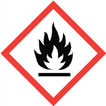
MasterChlor 5000 (Sodium hypochlorite 0,5%)
MasterChlor 5000 (Sodium hypochlorite 0,5%)
Disinfection from COVID-19 should be done with 0.1% sodium hypochloride solution (WHO and Health Department recommendation)
MasterCoolant Nitrite Free – 38°C yellow
Trade name: Antifreeze MasterCoolant Nitrite Free – 38°C yellow
MasterCoolant EXTRA LONGLIFE – 38 ° C is a high performance, extended life coolant formulated for optimal heat transfer and long term protection of the cooling systems of stationary gas engines and for most types of engines used in construction, quarry, agricultural, railway and marine equipment.
Uses carboxylate additive technology developed for highly effective system protection with maximum uptime in a wide range of operating conditions.
Distinctive features
• Advanced non-depleting corrosion inhibitor provides long service life with minimal maintenance and trouble-free engine operation
• Designed for a mixed fleet of vehicles and is designed for use with replacement intervals of more than 650,000 km in trucks and buses and 32,000 hours in stationary engines
• Provides reliability and protection against corrosion of thermostats, radiators, water pumps and other vulnerable parts of the cooling system
• Highly effective formulation without silicates and phosphates provides stable working properties when diluted in hard water
• Protects modern engines from high temperature corrosion, reducing maintenance time, costs, downtime and waste.
Conforms to standards: ASTM D3306, ASTM D4985, ASTM D6210, BS 6580 (2010), MB-Approval 326.3, WSS-M97B44-D, RP 364, VCS 418-0001
Coolant MasterCoolant Nitrite Free is suitable for use in the following engines:
• Engines for General Motors vehicles after 1995
• Engines for Chrysler cars after 2001
• Ford engines after 2003
• Stationary diesel engines Deutz
• Diesel engines of Hino trucks
• Diesel engines of Isuzu trucks
• Diesel engines for Kobelco construction equipment
• Diesel engines for Komatsu construction equipment
• Engines Navistar ™ MAXXFORCE
• Diesel engines of Scania trucks
• Diesel engines for Volvo construction equipment
• Diesel engines of Volvo and Mack trucks
• Stationary Wärtsilä diesel engines
• European OEM heavy duty engines requiring phosphate and nitrite free formulations
• Japanese OEM heavy-duty engines requiring silicate-free formulations
Properties:
Colour: yellow
Product type: Ready to use
Country of origin: Estonia
Freezing point -38 ° C
Boiling point (° C): 108 ° C
Density at 20 ° C: 1,078 g / cm 3
Recommended storage temperature minimum: 0 C maximum: 30 C
pH (ASTM D-1119): 8.6
Shelf life 36 months.
Code Master EWS-55i3y
MasterDes Pro E80 disinfectant
MasterDes Pro E80 room and surface disinfectant
MasterDes Pro E80 is a universal disinfectant for surfaces and rooms. It is a new product developed according to a special formula to fight viruses and bacteria on the surface.
MasterChem offers versatile disinfectants for objects and surfaces. Actively disinfects, deodorizes, cleans and removes fat without foaming and does not need to be rinsed.
MasterDes Pro E80 provides comprehensive protection against the main fungi, molds and bacteria that cause infections.
Due to its properties, the MasterDes Pro E80 is particularly suitable for hospitals, public places, gyms and social gatherings. For general consumer and professional use.


Monoammonium Phosphate (CAS 7722-76-1)
Monoammonium Phosphate (CAS 7722-76-1)
Ammonium dihydrogen phosphate (ADP), also known as monoammonium phosphate (MAP) is a chemical compound with the chemical formula (NH4)(H2PO4). ADP is a major ingredient of agricultural fertilizers and some fire extinguishers. It also has significant uses in optics and electronics.
Monoammonium phosphate is soluble in water and crystallizes from it as the anhydrous salt in the tetragonal system, as elongated prisms or needles. It is practically insoluble in ethanol.
Solid monoammonium phosphate can be considered stable in practice for temperatures up to 200 °C, when it decomposes into gaseous ammonia NH3 and molten phosphoric acid H3PO4. At 125 °C the partial pressure of ammonia is 0.05 mm Hg.
A solution of stoichometric monoammonium phosphate is acidic (pH 4.7 at 0.1% concentration, 4.2 at 5%).
Odorless winter windshield washer fluid -20°C
Odorless winter windshield washer fluid -20°C
For professional use only!
For year-round use in a car windshield washer system. Prevents the washing system from freezing down to -20 ° C. Protects glass from freezing and wear. With good washing properties. Excellent removal of various dirt and grease residues. Does not form a disturbing film, does not damage rubber or plastic.
Odorless winter windshield washer fluid -40°C
Odorless winter windshield washer fluid -40°C
For professional use only!
For year-round use in a car windshield washer system. Prevents the washing system from freezing down to -40 ° C. Protects glass from freezing and wear. With good washing properties. Excellent removal of various dirt and grease residues. Does not form a disturbing film, does not damage rubber or plastic.

